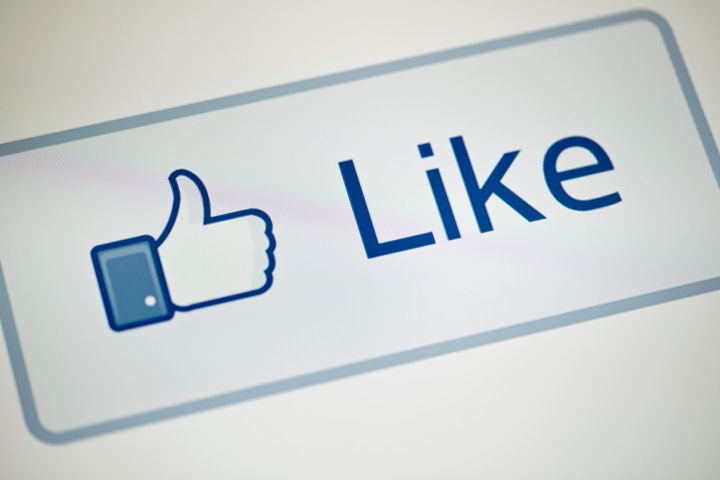
Creativity needs a bit of untidiness. Make everything too neat and tidy and there is no room for experiment. Cram your days too full and it's hard to find time to think. We all need a bit of slack to give us the space to experiment.
--Charles Handy, The Hungry Spirit
Welcome to The Stream Series, a selection of observations from the WPP Digital un-conference, Stream. Attended by Arianna Huffington and Roy Sekoff, the event -- Stream@Cannes -- brought together some of the best minds behind global brands, technology and media companies as well as start-ups to explore the ever expanding potential of digital creativity.
Over the next five days, we'll share ideas from stream attendees and speakers. The thoughts we'll share aren't tidy. But the idea is to open things up -- not to prescribe but to enlighten. It's also just a beginning. To share your reactions and further ideas get in touch with the Stream Team or go to the
Stream website.
Engagement, Advocacy, and Other Buzzwords
"The funnel is dead"...
"Cause and brand must be aligned"...
"Marketers' promise of 'deep and sustained brand engagement'"...
All of these phases, and many more, could be heard at WPP Digital's Stream@Cannes on Tuesday, just as they've been heard at industry conferences for many years. But something was different, or so it seemed.
After years of lip service, with few notable exceptions, yesterday seemed to mark a new alignment between media owners, brands, and agencies. No longer can we focus exclusively on the mass consumer audience. No longer can we just work to "fill the funnel."
Just as brands are starting to accept the challenges of being media companies in and of themselves, they are now grappling with the challenges of more nuanced customer segmentation, one-on-one relationships, and always-on conversation management.
A seamless transition it is not.
Arianna Huffington set the tone of the day by illustrating three key trends which are, in her mind, creating huge opportunities for brands and marketers: (1) the desire for sustained engagement (as in Johnson & Johnson's year-long sponsorship of a Global Motherhood channel on Huff Post), (2) the use of technology to find much-needed relief from hyper-connectedness, and (3) the alignment with cause and brand.
Buzzfeed's Jon Steinberg followed with his apt analogy of the Paris Cafe and how his thriving community effectively mixes the humor of puppy pictures with the breaking of serious, hard-hitting political news. He admits that there is no magic formula, that you constantly challenge your audience and learn from their engagement. Like the café, this is a conversation not a soapbox, and without efforts to respect the constant feedback loop, brands and media owners alike will be forgotten. So simple, and yet difficult for so many clients and brands.
Later in the afternoon as the format shifted to one-on-one conversations, I had the great pleasure of interviewing LinkedIn CEO Jeff Weiner. His company's performance proves, once again, that size doesn't matter. Despite frequent mis-categorizations of LinkedIn alongside the likes of Facebook, Jeff sees the "context of social engagement" as being the prime driver of LinkedIn's value. And his platform's data -- derived by 160+ million users, and more than 2 million company pages -- offers incredible insight into the global economy. His vision for an "economic opportunity graph," a detailed, localized view of an individual's role in the economy, skill surpluses and gaps, is clearly differentiated from Facebook's general notion of a singular "social graph" as more and more users, across generations, decide if and how to engage with friends, colleagues, brands, and issues.
Again, the themes of sustained, contextual relationships and new forms of measurement for social engagement emerge.
Closing out the day, appropriately, was online personality and comedian Ze Frank. But what on Earth does Ze's power to get thousands from his audience to respond to his absurd call to "dress up your vacuum cleaner" have to do with any of this?
Since long before the days of social media, we've all been interested in creating opportunities for identifying, activating, and rewarding the most passionate supporters, donors, and brand enthusiasts. But how do we convince our clients to do it when, inherently, this effort lacks scale?
So, for example from my agency's portfolio, not everyone who comes in contact with our recent breakthrough hit the It Gets Better Project will upload their own heartfelt video about bullying or coming out. In fact, a campaign that has become a global sensation involved only 35,000 user generated videos (and was collectively viewed by over 50 million people).
Similarly, not every purchaser of a Ford car or truck is going to submit an online review, nominate their local dealer for great service, or engage in the "Ford Social" community online and off. Despite the lack of huge scale, we can all agree that an owner referral is infinitely more persuasive than a brand message, right?
As an industry, we in social media marketing (as blurry as that is), have long talked about the "90-9-1 rule" which holds that 90% of your audience is what we often called "lurkers," 9% are passively engaged, and 1% are your loyalists, those who create content, share, etc. But despite widespread recognition of usage behaviors, marketers have largely failed to invest appropriately in identifying and motivating their 1%. In fact, too few even do so for the 9%. Is the tide shifting? Are we getting closer to assigning appropriate value to the activation of our most loyal fans and followers?
Let's hope so.